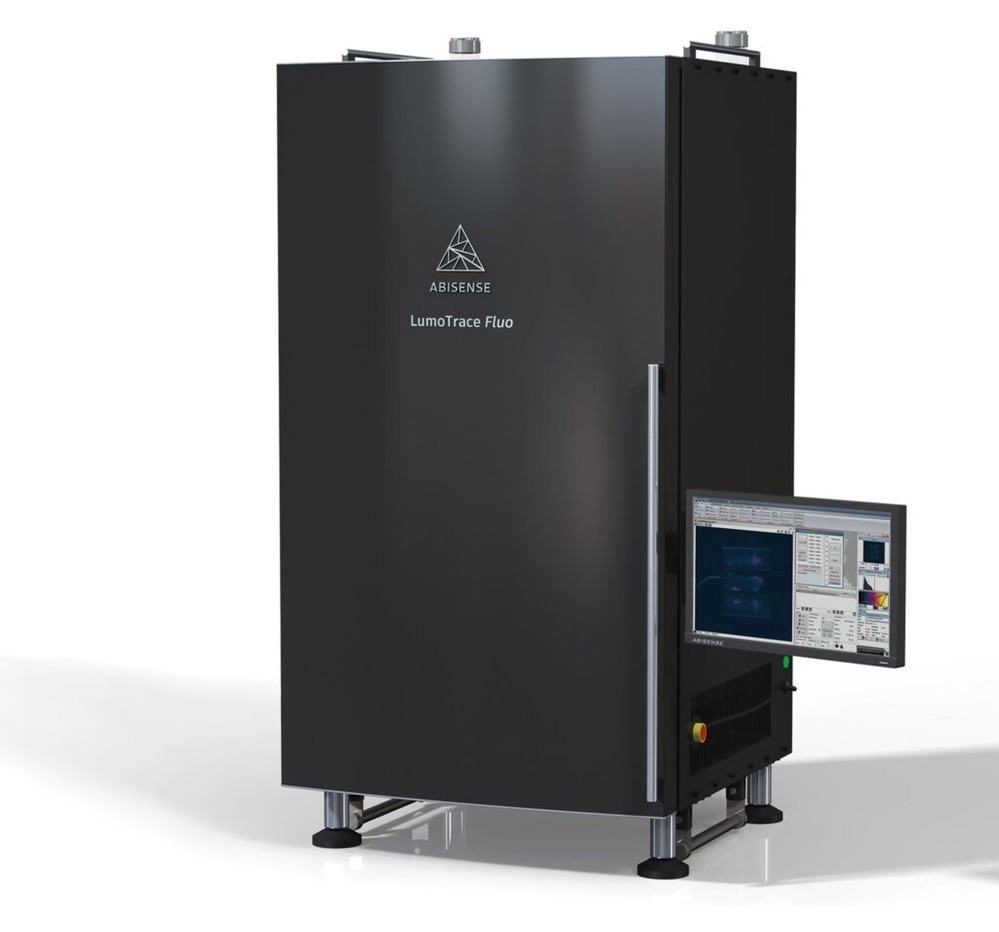Catalog
Search
472 products
View:
- Selected: 0Areas of use
- Selected: 0Item names
- Selected: 0Manufacturer
- Selected: 1Made in
- Selected: 0Additional
View:
472 products
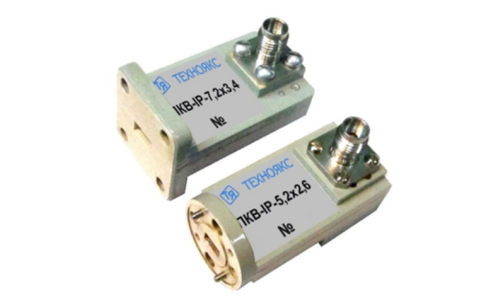
PKV-IP-7,2×3,4
Basic properties
Wide frequency range;
Small VSWR values.
Operating conditions
Operating temperature range from minus 10 to 50 ° C;
The relative humidity of the air is up to 98% at a temperature of 25 ° C.
Technical specifications
Waveguide cross section, mm 7.2×3.4
Type of coaxial connector (according to GOST RV 51914-2002) IP
Frequency range, GHz 25.96-37.50
VSWR 1.35
TEKHNOYAKS
Moscow
Produced in: Moscow
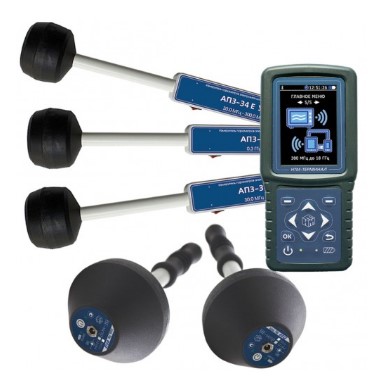
COMBO FACTOR (VE-meter 50Hz, VE-meter AT-004, E-meter AT-005, P3-34)
from
375 000 ₽
Frequency ranges: from 48 to 52 Hz, from 5 Hz to 400 kHz, from 10 kHz to 30 MHz, from 30 to 300 MHz, from 30 to 50 MHz, from 300 MHz to 18 GHz.
three - coordinate antennas;
large amount of built-in memory for recording measurement results;
high measurement accuracy;
the meter is provided with a two-year warranty and manufacturer's service support for the entire service life;
wireless Bluetooth communication channel;
Control unit and display of measurement results NTM-Terminal.
single control unit;
the ability to connect multiple meters to one control unit;
ergonomic body and comfortable keyboard;
high-resolution color display that provides a comfortable presentation of the results;
ability to record measurement results;
reference base of normative documentation.
The meter is adapted to work in the control and analytical complex "NTM-EcoM".
the possibility of monitoring the electromagnetic situation at the facilities;
storage of measurement results in the NTM-EcoM program archive;
analysis of the results obtained for compliance with current regulations;
execution of the protocol of instrumental measurements
NMT-ZASHCHITA
Moscow
Produced in: Moscow
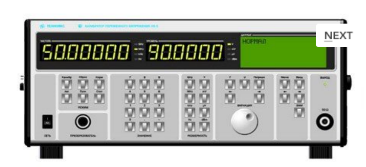
AC voltage calibrator H5-5
The calibrator is capable of operating both autonomously and as part of automated measuring systems with interfaces such as USB, RS-232, IEEE-488 (CPC).
Technical specifications
Ranges of reproduction of alternating electric voltage in the frequency range:
- from 10 Hz to 100 MHz from 3 MV to 3 V
- over 100 MHz to 2000 MHz from 30 MV to 3 V
Errors in the reproduction of alternating electric voltage in the frequency range:
- from 10 Hz to 100 kHz ± (0.066 – 0.8)%
- over 100 kHz to 100 MHz ± (0.85 – 2.5)%
- over 100 MHz to 700 MHz ± (1.5 – 12.7)%
- over 700 MHz to 2000 MHz ± (4.3 -14.0)%
General characteristics:
Operating temperature range from 5 to 40 °C
AC power supply 220 V, 50 Hz
Power consumption, no more than 180 VA
Overall dimensions, mm 495x217x411
Weight, not more than 24 kg
TEKHNOYAKS
Moscow
Produced in: Moscow
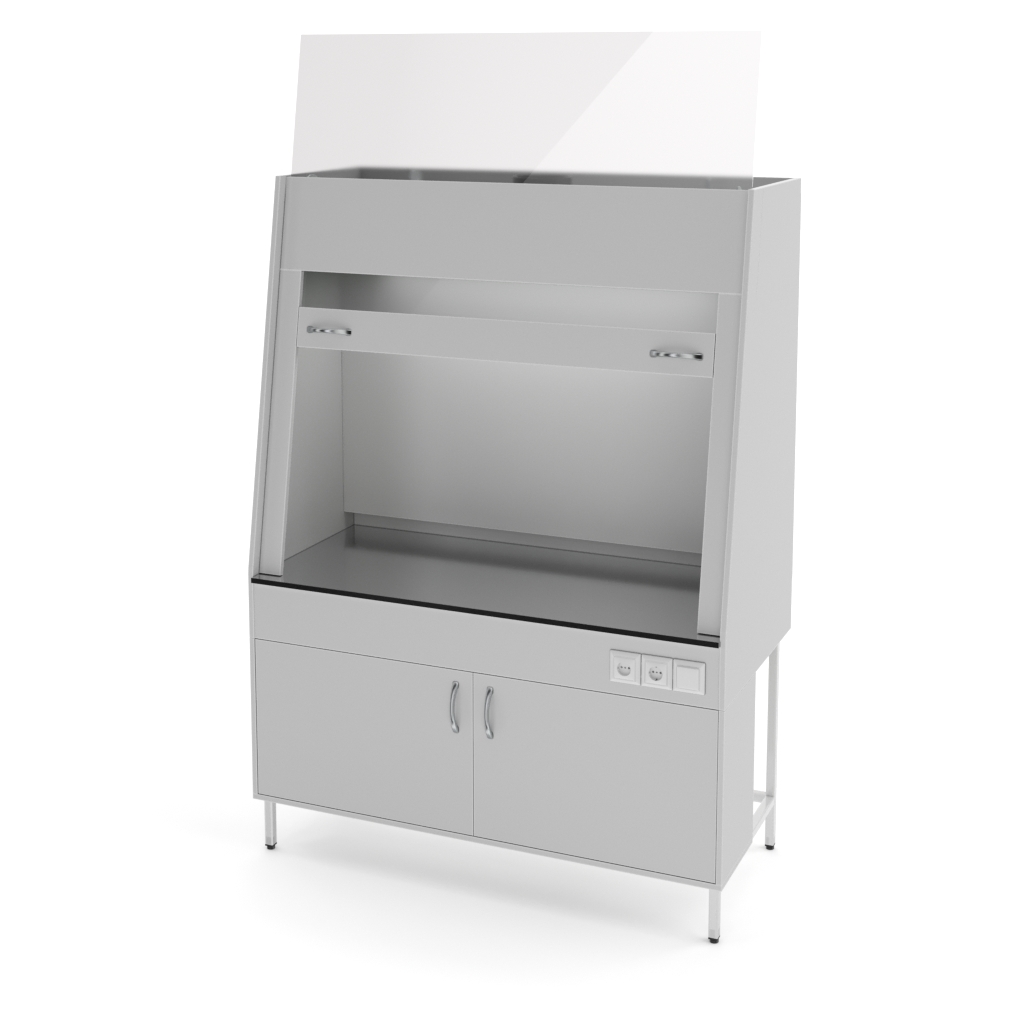
NV-1500 SHV-B-NERZH Fume cupboard with stainless steel countertop
from
81 338 ₽
The Korsa NV-1500 SHV-NERZH Laboratory fume cupboards are single—frame cabinets with a width of 1410 mm with a stainless steel countertop.
External dimensions of the cabinet (W×D×H): 1410×700×1960 mm.
Dimensions of the working area (W×D×H): 1378×540×750 mm.
Table top: stainless steel.
Convenient fume cupboards for comfortable work in the laboratory
Working surface material: stainless steel. It is well suited for biological or medical laboratories, but it is not recommended for use in chemical laboratories. It is resistant to prolonged exposure to temperature, organic solvents, and oils. It has limited resistance to short-term exposure to concentrated mineral acids and alkalis and is destroyed by prolonged exposure to concentrated acids.
The working area is closed by a single lifting frame with a counterweight. It has two exhaust zones: the hood of the exhaust box and the level of the countertop. Diameter of the flange for connection to the ventilation system: 150 mm.
Working area size (W×D×H): 1378×540×750 mm. Please note that the cabinet narrows upwards. At a height of 50 cm, the depth of the working area will be 410 mm, at a height of 70 cm: 365 mm. If you need to place high equipment, then make sure that it corresponds to the dimensions of the camera, otherwise you will not be able to close the cabinet.
The height of the raised glass above the cabinet: 510 mm, that is, with the glass raised, the total height of the cabinet will be 2470 mm.
The working area is illuminated by an LED lamp (included in the package). The switch is located on the right-hand side of the cabinet, next to the sockets.
The fume cupboard is equipped with two sockets, one of them with grounding. Sockets have the IP20 degree of protection, maximum load: 1.5 kW.
The base of the cabinet is an all-welded metal frame in powder coating. The side laminated panels (chipboard with a thickness of 16 mm) are edged with a durable PVC edge with a thickness of 2 mm, which increases their impact resistance and mechanical strength.
The cabinet legs are adjustable in height within two centimeters, allowing you to place the cabinet even on a rather uneven floor.
NV LAB
Moscow
Produced in: Moscow, Moscow region
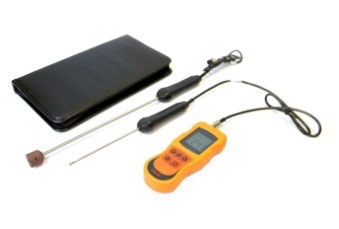
Welder's kit
from
31 581 ₽
It controls temperature, air environment and welding seam surface during welding operations.
•
TEKHNO-AS
Kolomna
Produced in: Moscow
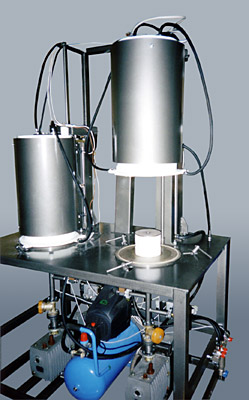
Two-pack vacuum electric resistance furnace VOZH-3-10-2
The movement of the furnace caps occurs automatically due to pneumatic actuators
VakETO
Mosrentgen
Produced in: Moscow
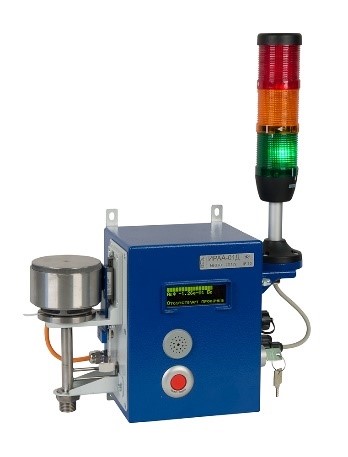
Threshold detector of radioactive aerosols IRAA–01D
Appointment:
continuous measurement of the volumetric activity of radioactive aerosols caused by technogenic alpha-emitting nuclides;
sound feed/light signaling in case the measured values of volumetric activity exceed the established threshold levels.
Features:
stationary placement in places where the air parameters of the working area are monitored;
connection to a BN-01 type pump unit or other external sampling device;
USB service interface for diagnostics, configuration, verification.
Doza
Zelenograd
Produced in: Moscow
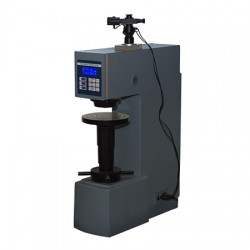
Metolab 604 Brinell Hardness Tester
METOLAB 604 is a stationary hardness tester, a modification of the METOLAB 603 device without a personal computer, as well as with simplified technical characteristics.
The METOLAB 604 hardness tester allows you to measure the hardness of various materials and products using the Brinell method, the HBW scale in full compliance with the current technical requirements in this area. The device is equipped with an automatic loading system and comes complete with a digital measuring microscope MPBC, designed for automatic reading of hardness values without using conversion tables.
Due to its characteristics, the stationary METOLAB 604 hardness tester can be used to measure materials such as: steel, cast iron, non-ferrous metals, soft alloys, etc.
The stationary METOLAB 604 Brinell hardness tester is included in the State Register of Measuring Instruments of Russia (GRSI) and comes with a certificate of primary verification (on request). The number in the GRSI is 65684-16.
Distinctive features of the stationary METOLAB 604 Brinell hardness tester:
Simple and intuitive interface, fully Russian-language device menu;
A wide range of measured values – from 8 to 650 on the HBW scale;
High accuracy and repeatability of results;
The METOLAB 604 hardness tester is equipped with an electronic load value switch;
The basic package includes a digital measuring microscope MPBC;
The device is equipped with a bright and clear LCD display, which displays all the necessary service information;
Printing of measurement results on the built-in printer;
Automatic loading system.
Basic package of delivery:
Stationary METOLAB 604 hardness tester;
Micrometer;
Indenter with carbide ball (10; 5; 2.5 mm) - 1 pc.;
Large flat table;
Small flat table;
V-shaped table;
Brinell hardness measures - 1 set;
User Manual.
Metolab
Moscow
Produced in: Moscow
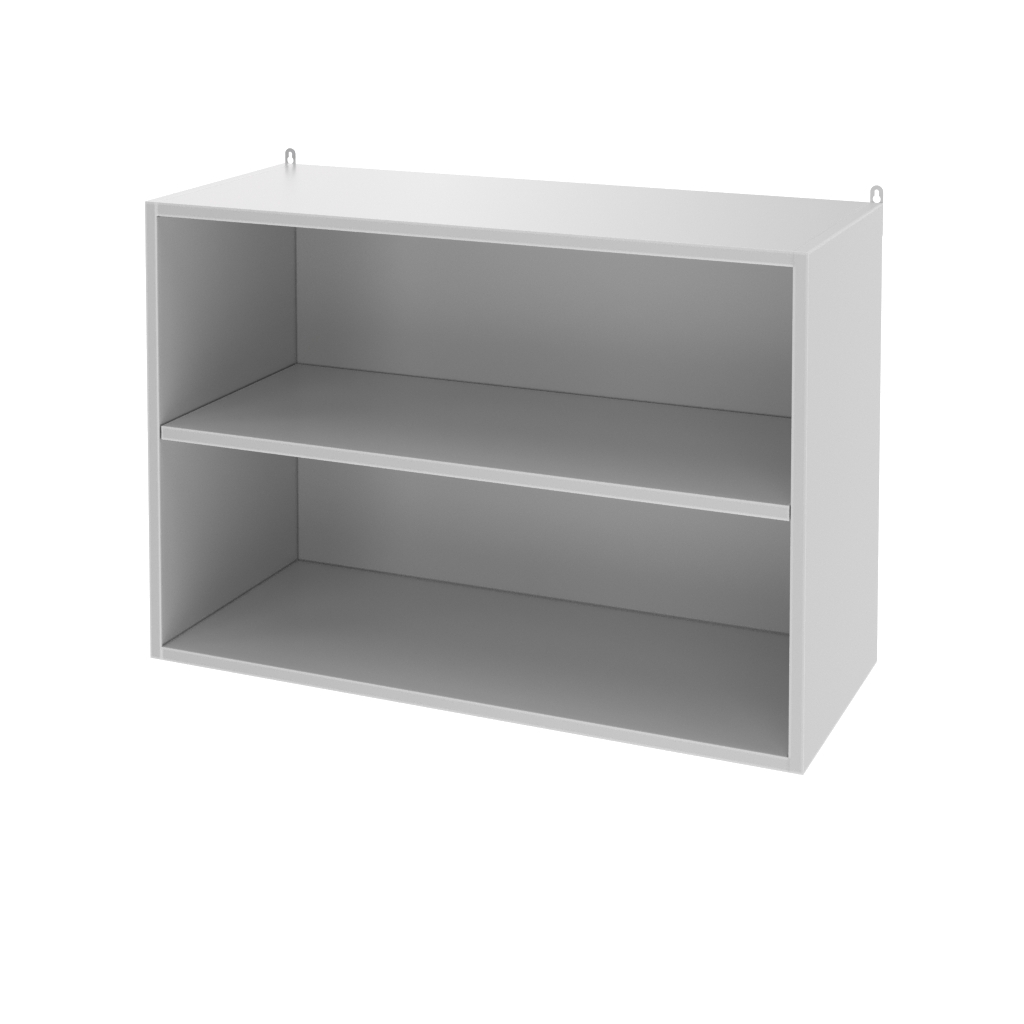
NV-800 NS Outdoor wall rack (800×350×350)
from
2 978 ₽
The NV-800 NS hinged rack is designed for storing devices and materials in the laboratory.
Included in the set:
shelf-insert, without doors;
wall rack, without doors;
metal hanging brackets for attaching it to the wall.
NV LAB
Moscow
Produced in: Moscow, Moscow region
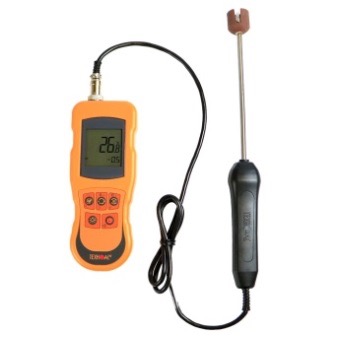
Contact thermometer TK-5.09S with the function of measuring relative humidity
from
11 400 ₽
The digital contact thermometer TK-5.09S is designed to measure the temperature of various materials, relative humidity by direct contact of the probe with the measuring object.
The contact thermometer consists of an electronic unit and replaceable probes.
Thermoelectric converters (TP) with NSH according to GOST R 8.585 are used as thermosensitive elements in the probes
. Capacitive humidity sensors are used as a measuring element in the relative humidity probes.
TEKHNO-AS
Kolomna
Produced in: Moscow
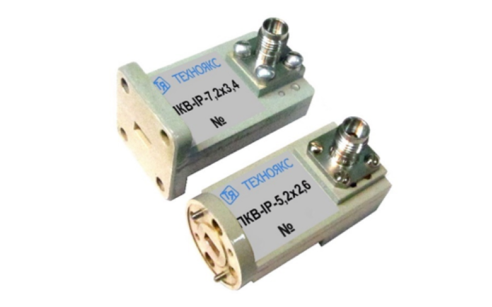
PKV-IB-7,2×3,4
Basic properties
Wide frequency range;
Small VSWR values.
Operating conditions
Operating temperature range from minus 10 to 50 ° C;
The relative humidity of the air is up to 98% at a temperature of 25 ° C.
Technical specifications
Waveguide cross section, mm 7.2×3.4
Type of coaxial connector (according to GOST RV 51914-2002) IB
Frequency range, GHz 25.96-37.50
VSWR 1.35
TEKHNOYAKS
Moscow
Produced in: Moscow
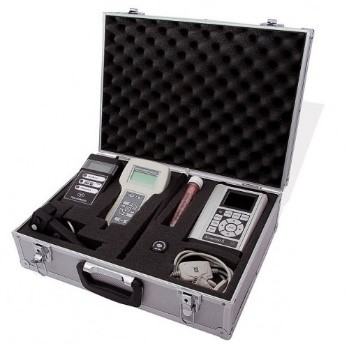
COMBI-02M (ASSISTANT, METEOSCOPE-M, TKA-09)
from
347 000 ₽
A set for measuring sound levels, infrasound, ultra-sound and vibration, measuring microclimatic parameters of the air environment (temperature, humidity, pressure, air velocity), as well as measuring illumination, brightness and pulsation coefficient.
NMT-ZASHCHITA
Moscow
Produced in: Moscow
